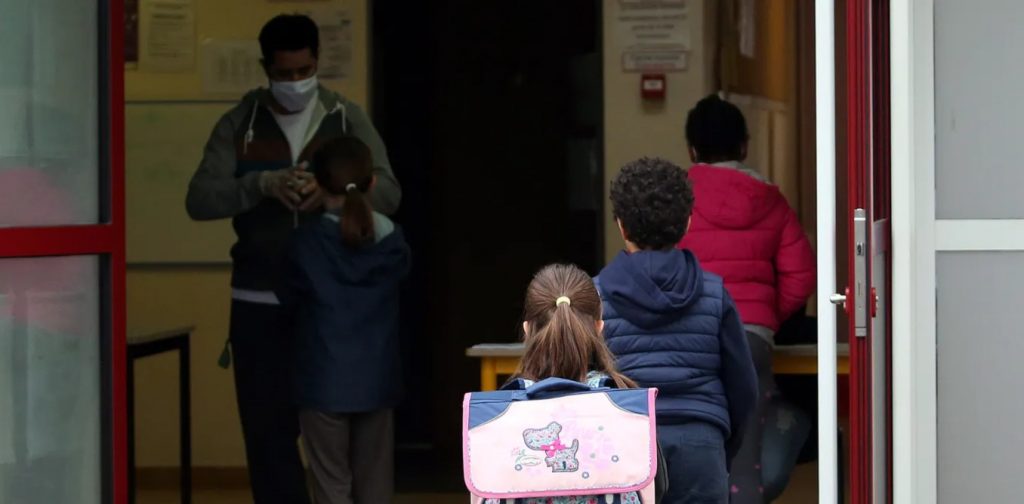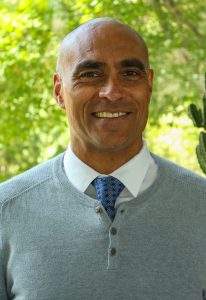
Across Canada, many parents, educational policy experts and educators are now looking at possibly late August or early September as they consider how schools can safely reopen amid the unknowns of the coronavirus pandemic.
I’ve had the good fortune to spend close to 30 years in the education sector including working as a teacher, principal and director of education. I’m now a professor of educational leadership and dean of the faculty of education at the University of Regina, which is on Treaty 4 territory and the traditional homeland of the Métis/Michif Nation. My career has spanned the geographical, social and political contexts of the prairie provinces.
Over the past eight weeks, I’ve been hosting a web series for educators (Leading a School Community Through a Pandemic) and connecting with other Canadian deans of education. I’ve spoken to other educators about the challenges for schools, from hindered learning and children’s developmental needs to the impact COVID-19 has on Black, racialized and Indigenous students and their families.
Educational leaders are facing an overwhelming task: establishing effective mechanisms to maintain physical distancing and to practise adequate hygiene while, at the same time, continuing to support teachers so they can meet students’ learning and developmental needs.

Pan-Canadian school road map needed
Given what we are collectively facing, we need a national, rapid-response task-force made of educational experts — practitioners such as teachers or educators, policy makers as well as scholars who understand how schools operate — and experts from community health and infectious diseases to work together.
This would be similar to what the Public Health Agency of Canada has done under the leadership of Dr. Theresa Tam.
A task force for education could develop a pan-Canadian road map to inform how authorities responsible for kindergarten to Grade 12 education could develop and implement their own specific frameworks for reopening.
Such a task force would require meaningful involvement of Indigenous education leadership groups to support school reopening efforts on-reserve and for Indigenous students going to school off-reserve. There is a need to recognize the inherent sovereignty of First Nations, Métis and Inuit people, especially following from the Calls to Action offered in the final report of the Truth and Reconciliation Commission of Canada.
Any school reopening efforts on reserve require that the Canadian government not forget the a dire need for additional pandemic funding.
Without a road map, it’s hard to see where we are headed.
Openings can’t be unconditional
Without robust, evidence-based plans, a rapid return to school will only increase existing pressures. One serious challenge is that large numbers of students who return to school could, in fact, be carriers of the virus but not present obvious symptoms. Despite physical distancing measures in schools, the simple act of mingling with others may lead to a steep increase of transmission.
The planning for school reopening cannot be unconditional. If infections rise, schools would have to be closed again.
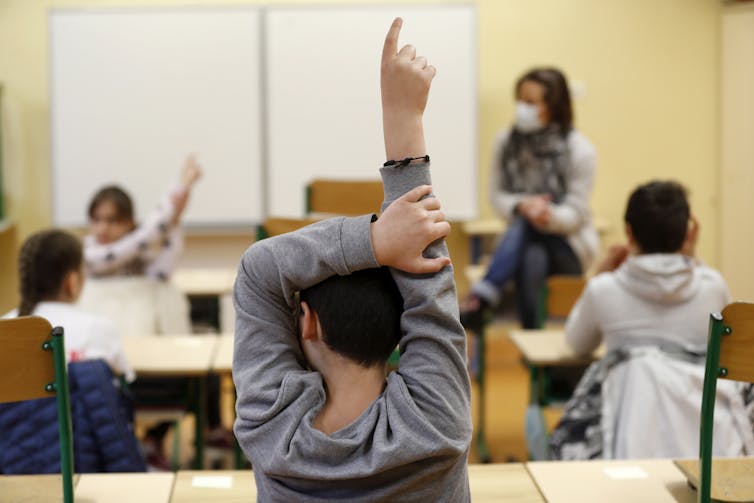
(AP Photo/Jean-Francois Badias)
Changed spaces
Schools are social systems that buttress students’ academic achievement as well as shape — and hopefully support — their social and emotional development. Research has illustrated the important role that formal education plays to support students as they develop the social and emotional skills essential for working with others. This includes developing healthy coping mechanisms, resiliency, and achieving educational and life goals.
Research points to the fact that the physical setup of classrooms and schools contribute to student learning.
Everything from classroom seating arrangements to playground spaces to a school’s physical layout can impact how and what students learn. The physical, built environments of schools and classrooms certainly impact learning and development.
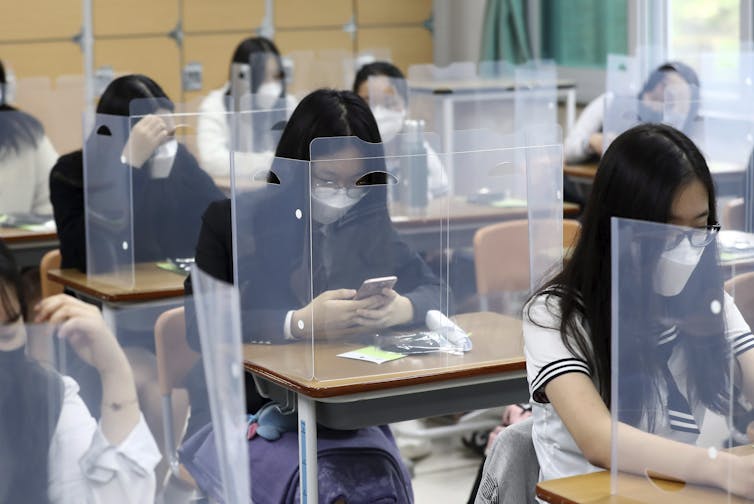
(Kim Jun-beom/Yonhap via AP)
Changed, responsive teaching
Teaching extends beyond transmitting subject and content knowledge to students. Teachers introduce children and youth to societal values, norms and life-skills. Learning is an interactive process, and effective teaching is based on relationships.
Reopening is a complex public health concern that requires preparation and considers such factors as how the newly arranged physical environment of schools and classrooms — enacted to mitigate risks of COVID-19 — impact teaching philosophies and practices and the overall goals of what students learn.
What it might look like
A Washington Post article shows what schools could look like: one-way hallways; students and teachers in masks; lunch inside classrooms instead of cafeterias if they exist; buses running half-empty; and students and staff having their temperatures checked before entering.
The government of Scotland is considering such measures as: placing limits on class sizes; grades alternating weekly between studying at school and at home; splitting the day between students who attend in the morning and those who attend in the afternoon; redesigning and reconfiguring classrooms to ensure physical distancing; requiring students to take recess and lunch breaks at different times.
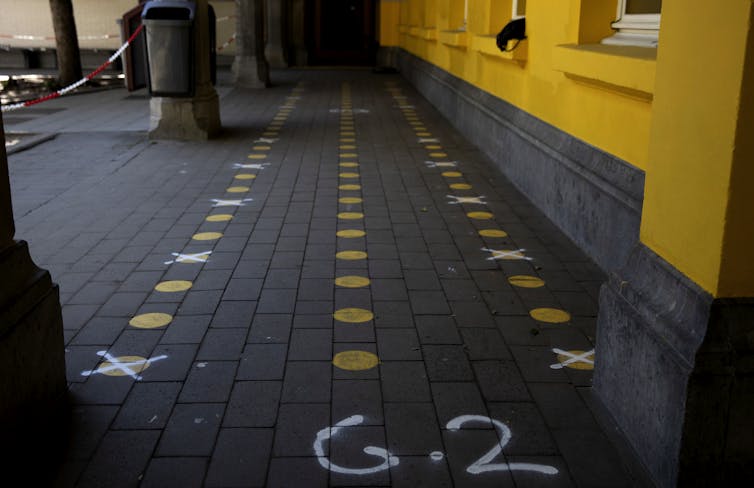
(AP Photo/Virginia Mayo)
The weight of this unknown is compounded by the varied impacts that months of the pandemic may have on vulnerable families, individual children and communities — not to mention how social distancing, shutdowns and COVID-19 is interacting with other social inequities such as racism, poverty and colonialism.
Read more:
4 strategies to support vulnerable students when schools reopen after coronavirus
There is a considerable amount of work that needs to be done to develop plans.
The need for a collective, strategic approach to support the health, education and developmental well being of children and youth is critical.
If we don’t start working collaboratively now on a road map, the experiment of reopening this fall might result in a kind of failure that not only negatively impacts student learning and development, but could also cost lives.![]()
Jerome Cranston, Dean & Professor, Faculty of Education, University of Regina
This article is republished from The Conversation under a Creative Commons license. Read the original article.
Follow us on social media